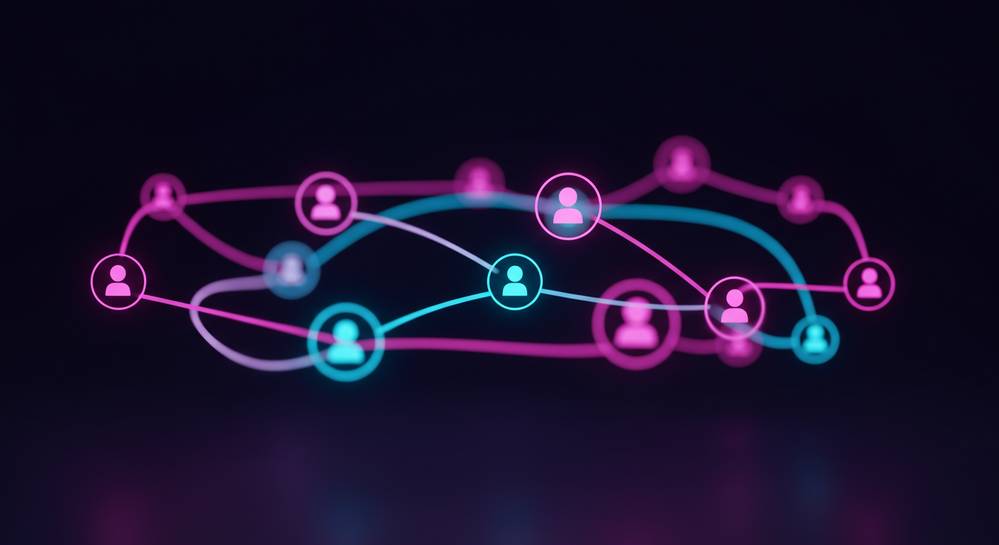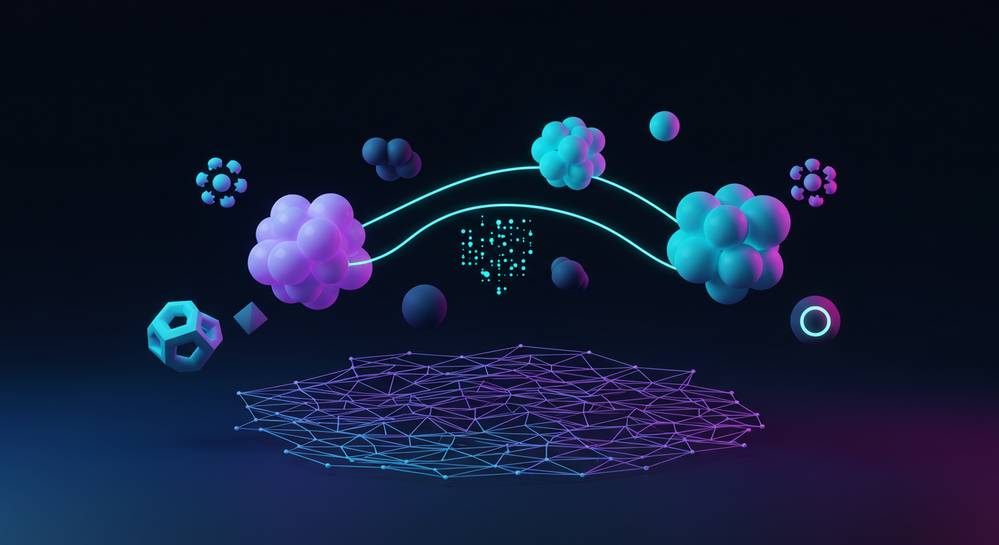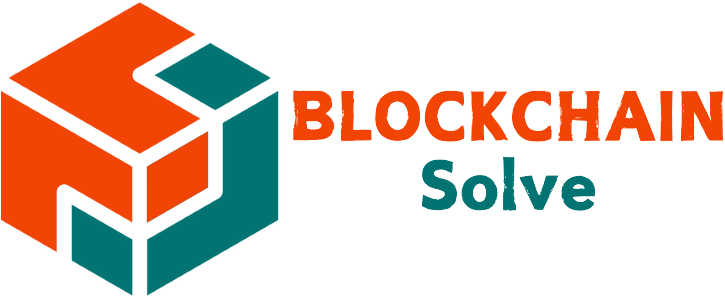The blockchain landscape is evolving at a breathtaking pace. As we look towards the horizon, understanding the upcoming shifts is crucial for investors, developers, and enthusiasts alike. This guide delves into the essential blockchain industry news 2025, focusing on the key trends and technological advancements poised to redefine the digital economy. We will explore the forces driving innovation and what they mean for the future of decentralized technology.
The rise of real-world asset tokenization
One of the most significant developments shaping blockchain industry news 2025 is the tokenization of real-world assets (RWA). This process creates a digital representation of a physical or financial asset on a blockchain, such as real estate or private equity. Major financial institutions are driving this shift, seeking to unlock trillions in illiquid assets and streamline outdated processes. It represents a critical bridge between traditional finance and the ecosystem of a decentralized exchange.
By 2025, this trend is set to accelerate as regulatory frameworks mature and institutional adoption grows. The convergence of traditional assets with decentralized finance unlocks unprecedented opportunities for investors and asset owners alike. Key benefits driving this movement include:
- Increased liquidity through fractional ownership, making high-value assets like undefined accessible to more investors.
- Enhanced efficiency via smart contracts that automate compliance and dividend distribution, cutting operational costs.
- Greater transparency with an immutable ledger, providing a verifiable and auditable trail of ownership.
Projects on foundational platforms like Ethereum and Polygon are pioneering this integration. They are building the essential infrastructure for a more inclusive and efficient global financial system.
Web3 matures with decentralized identity and social media

Beyond finance, a key part of blockchain industry news 2025 is the maturation of Web3 infrastructure. Growing user concerns over data privacy and censorship on centralized platforms are fueling this evolution. The industry is responding with robust solutions that give individuals true ownership and control over their digital lives, moving beyond the limitations of current internet models.
Decentralized identity (DID)
DID solutions empower users to manage their own identity without relying on a central authority. This streamlines verification, moving beyond traditional undefined, and enables more private online interactions. By 2025, expect to see DIDs integrated into everything from Web3 logins to professional certifications, enhancing security across the digital landscape.
Decentralized social (DeSo)
DeSo platforms are creating creator-centric economies where users control their content and monetization directly. By leveraging blockchain, these networks offer transparent moderation and eliminate the de-platforming risks common on major social media sites. This shift fosters a more equitable and resilient environment for online communities and creators to thrive.
Navigating the new landscape of regulatory clarity

Regulatory developments are a pivotal theme in blockchain industry news 2025. Governments worldwide are shifting from observation to action, establishing the clear legal frameworks necessary for mainstream adoption. This move towards defined undefined, while challenging initially, is a critical step for long-term growth and stability. It signals a new era of maturity for the entire digital asset space.
This evolving landscape is defined by several key trends:
- Comprehensive Frameworks: Europe’s Markets in Crypto-Assets (MiCA) regulation is now fully implemented, creating a comprehensive model for crypto issuers and service providers that other nations are likely to follow.
- Institutional Capital Inflows: Clearer rules de-risk the asset class for large institutional players. This is expected to unlock significant investment from pension funds and asset managers as compliance pathways become standardized.
- Enhanced Consumer Protection: Regulators are prioritizing the safety of consumers from fraud and market manipulation, leading to higher operational standards for exchanges and DeFi protocols.
This shift ultimately fosters a more trustworthy ecosystem, paving the way for deeper integration with legacy financial systems.
The evolution of layer 2 solutions and interoperability

As blockchain applications become more complex, scalability is a critical theme in blockchain industry news 2025. Growing user demand requires technologies that make blockchains faster, cheaper, and more interconnected. Consequently, Layer 2 scaling solutions are shifting from a promising concept to an essential part of the core infrastructure for mainstream adoption.
These solutions, built atop base blockchains like Ethereum, process transactions off-chain to reduce network congestion and high fees. This makes decentralized applications more practical and affordable for a global user base. Key developments driving this evolution include:
- Zero-Knowledge (ZK) Rollups are gaining significant traction. They bundle thousands of transactions into a single proof, offering high throughput without compromising security.
- Optimistic Rollups continue to mature, providing a scalable and proven environment for a diverse range of dApps.
- Cross-chain communication protocols are becoming standard. This interoperability is vital for creating a unified Web3 experience by breaking down the siloed nature of individual ecosystems.
The year 2025 is poised to be a landmark period for blockchain, as the technology moves from speculative potential to tangible, real-world utility. From tokenizing physical assets to securing our digital identities, the industry is maturing at a rapid pace. Staying informed is no longer optional for anyone in the digital economy. For the latest analysis and in-depth guides on this evolving landscape, continue exploring Blockchain Solve. The future is being built on-chain.

